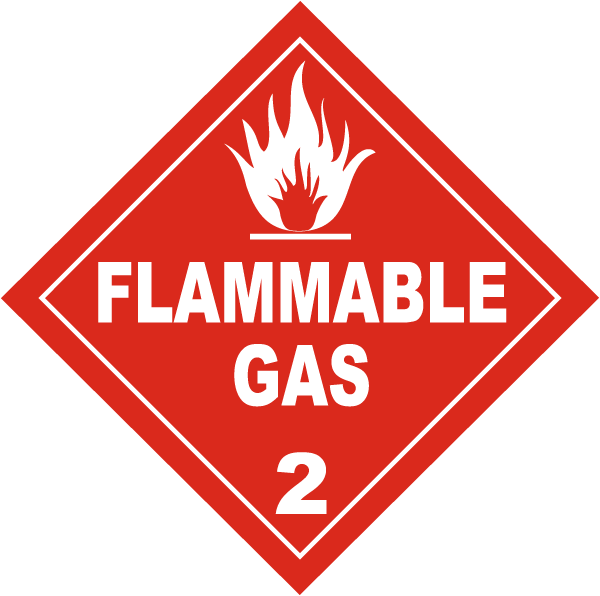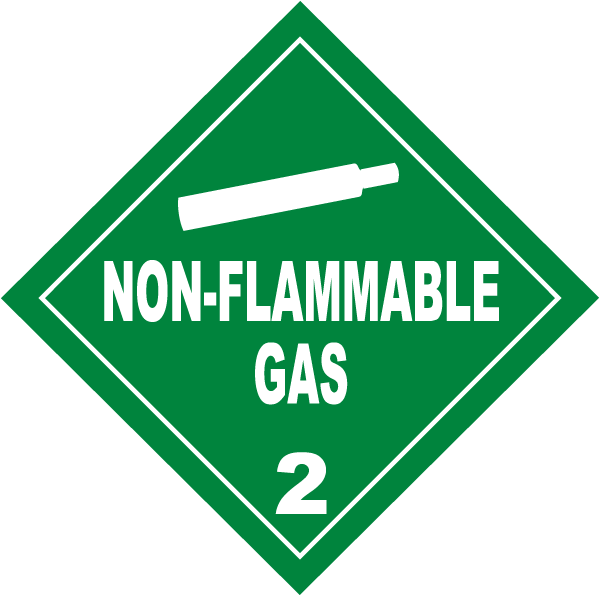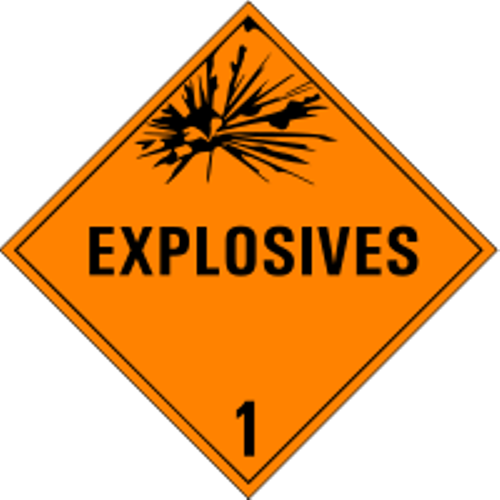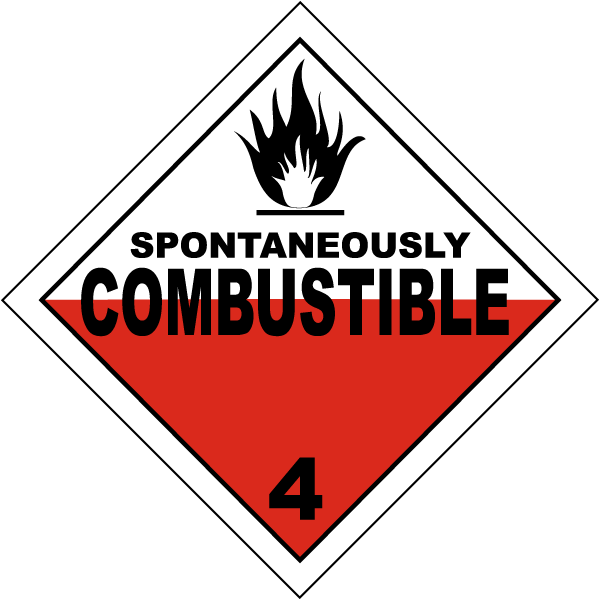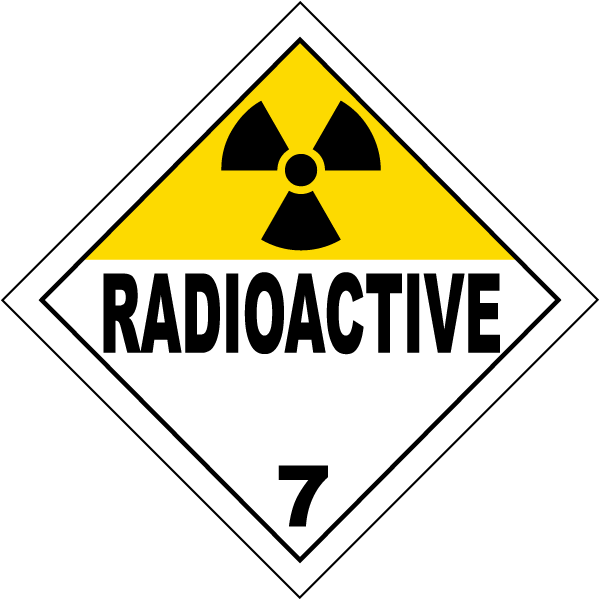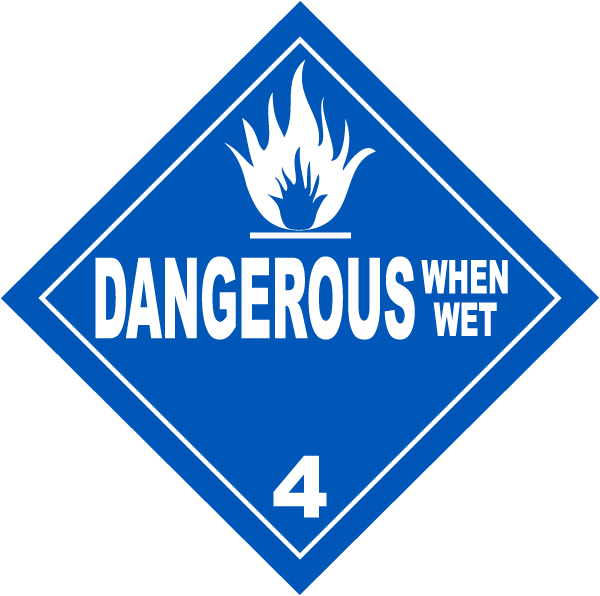DOT HAZMAT Handler
Materials of Trade Exceptions
The U.S. Department of Transportation (DOT), as documented in 49 CFR 173.6 of DOT Regulations, allows for the safe transport of small quantities of hazardous materials, provided those materials are used in chemical demonstrations and/or other educational activities. The quantity of material is limited by its Hazard Class/Division and Packing Group. The Hazard Class is a very general description of the type of material, while the Packing Group is a general description of level of hazard the material possesses during transportation.
| Hazard Class and Division | Description |
| 1 | Explosives |
| 2 | Gases |
| Division 2.1 | Flammable Gases |
| Division 2.2 | Non- Flammable/Non Toxic Pressurized Gases |
| Division 2.3 | Toxic Gases |
| 3 | Flammable Liquids |
| 4 | Other Flammable Substances |
| Division 4.1 | Flammable Solids |
| Division 4.2 | Substances liable for Spontaneous Combustion |
| Division 4.3 | Substances that react with water |
| 5 | Oxidizing Substances/Organic Peroxides |
| Division 5.1 | Oxidizers |
| Division 5.2 | Organic Peroxides |
| 6 | Toxic/Poisonous & Infection Materials |
| Division 6.1 | Toxic Substances |
| Division 6.2 | Infectious Substances |
| 7 | Radioactive Materials |
| 8 | Corrosives |
| 9 | Miscellaneous Dangerous Goods |
| Packing Group | Description |
| I | Great Danger |
| II | Medium Danger |
| III | Minor Danger |
HAZMAT Packaging Examples
Receiving & Delivering Chemical, Biological, and Radiological Materials Within The USF Campus
Exposure Potential
-
Shipments are well packaged, labeled, and tracked.
-
Packing groups 1, 2, and sometimes 3 have built in containment.
- Packaging contains an absorbent that is sufficient for the volume of the liquid.
- Generally, avoid opening the box/container.
- Under normal conditions, the potential for respiratory and skin contact with contents is extremely low.
- Wear latex gloves when handling packages, or if you need to open the box to retrieve paperwork.
Receiving Shipment
-
First, examine the packaging for signs of damage.
-
If too damaged, refuse the shipment.
- Contact the vendor, USF Client, and the Office of Environmental Health and Safety.
- If the USF Client desires, please arrange for a new shipment.
Temporary Storage
-
Assuming the shipment has been accepted:
-
Move items away from extremes of temperature and weather:
- Out of the cold or heat of the sun.
- Do not allow chemical, biological, or radiological packages to get wet.
- Physically segregate chemical, biological, and radiological shipments from other types of packages.
- Group chemical shipments according to compatibility.
- For example, corrosives, oxidizers, etc.
-
Delivery to USF Departments
-
Chemical deliveries to departments must be made without the use of a vehicle:
-
Carry by hand or use a hand truck.
-
- Make sure that the package load is reasonable. Do NOT carry too much.
- Call the receiving department to confirm a person is available to receive the shipment.
Spill Response
-
Spill (breach in packaging and inner container during delivery) is unlikely.
-
If package begins to leak during transit from purchasing/mailroom to campus location:
- place package away from foot traffic
- protect yourself and others
- prevent the contents from leaking into drains or sewers
- Contact USF Public Safety at extension x6555
- Public Safety will then contact the Environmental Health and Safety Office
- Remain available to answer questions about the incident.
Perishable Items
-
The delivery must often occur ASAP
-
First read the package label or packing slip.
- Take note of the temperature storage requirements which are often listed.
- Refer to the MSDS if available.
-
- Call the Office of Environmental Health and Safety if you are unable to contact the client for delivery
- The Office of Environmental Health and Safety will then attempt to store the item appropriately.
Hazard Labels and Placards
-
Regulations (domestic and international) govern shipment of hazardous materials/dangerous goods.
-
Requirements for packaging, labeling, and placarding (if any) vary depending on material shipped and quantity shipped.
- In some cases, the dry ice is the only thing in the package which creates the label requirement.
USF Chemical Transportation Guide
| Label | Class/Division | Hazard Class | Packing Group | Volume Limit | Weight Limit | ||||||
|
|
2.1/2.2 | Compressed Gasses | Cylinder Gross Weight Less Than 220 lbs | Cylinder Gross Weight Less Than 220 lbs | Cylinder Gross Weight Less Than 220 lbs | ||||||
 |
3 | Flammable & Combustible Liquid |
|
|
|
||||||
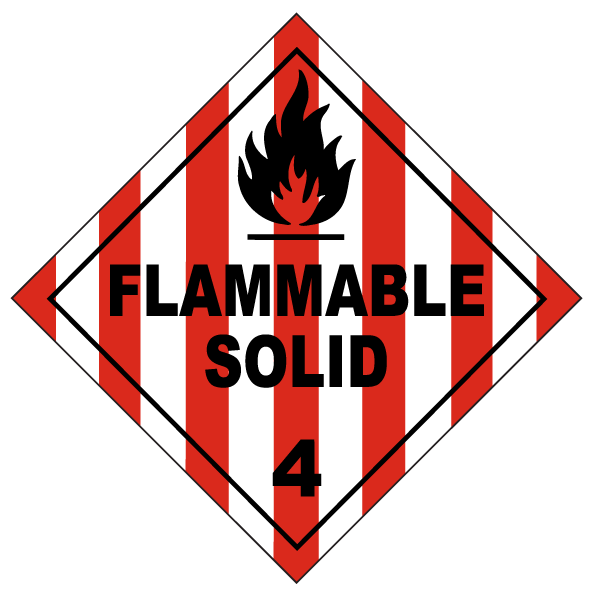 |
4.1 | Flammable Solid |
|
|
|
||||||
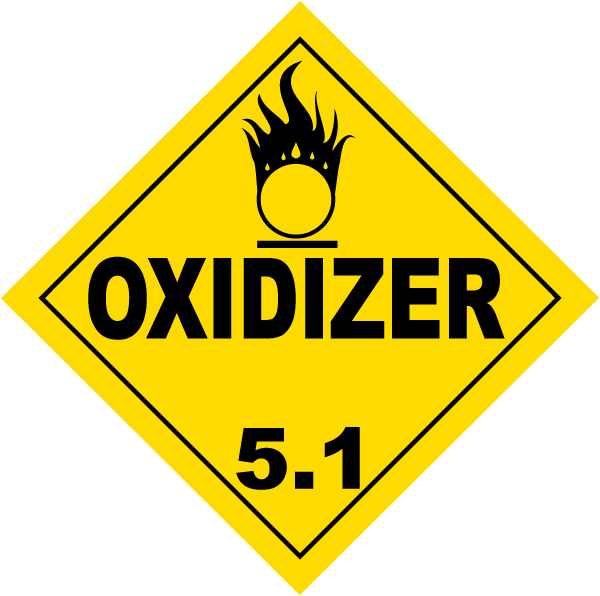 |
5.1 | Oxidizer |
|
|
|
||||||
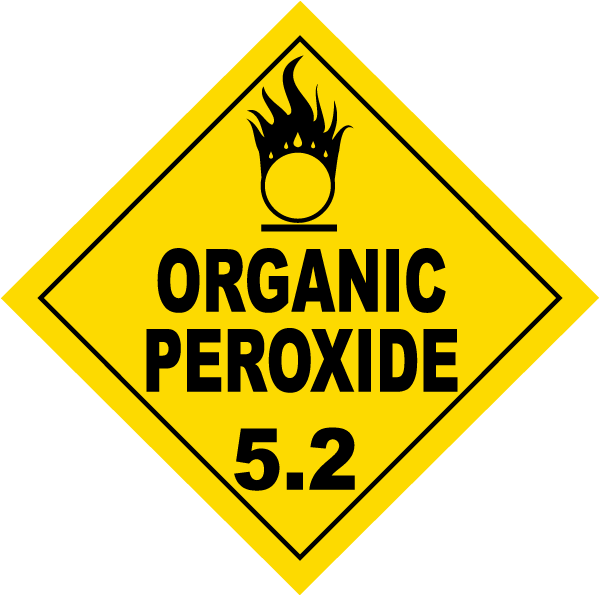 |
5.2 | Organic Peroxide |
|
|
|
||||||
 |
6.1 | Poisons |
|
|
|
||||||
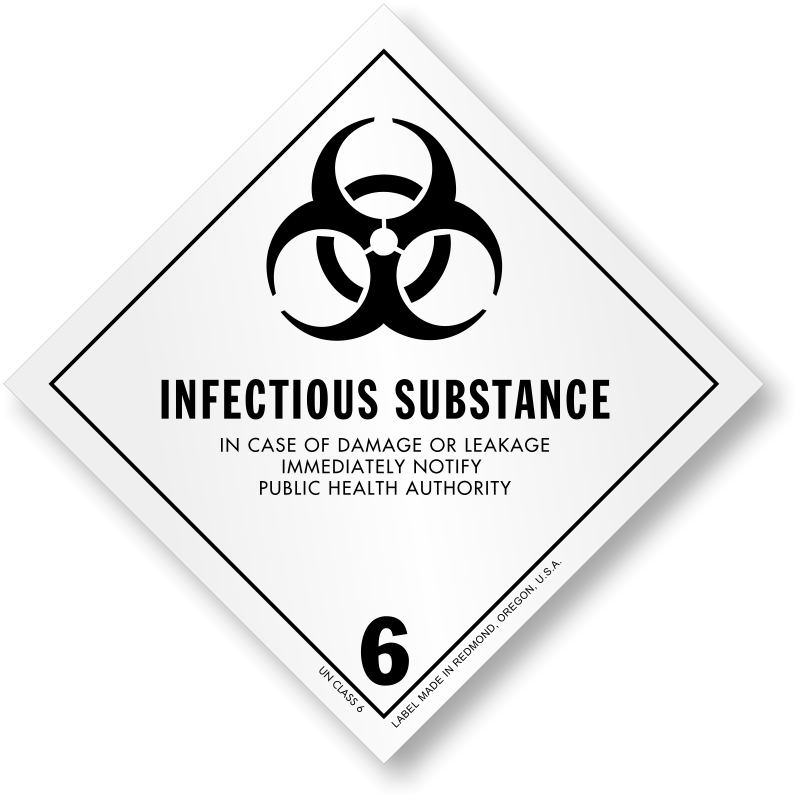 |
6.2 | Infectious Substance | - | 1 gal | 8.8 lbs | ||||||
 |
8 | Corrosive |
|
|
|
||||||
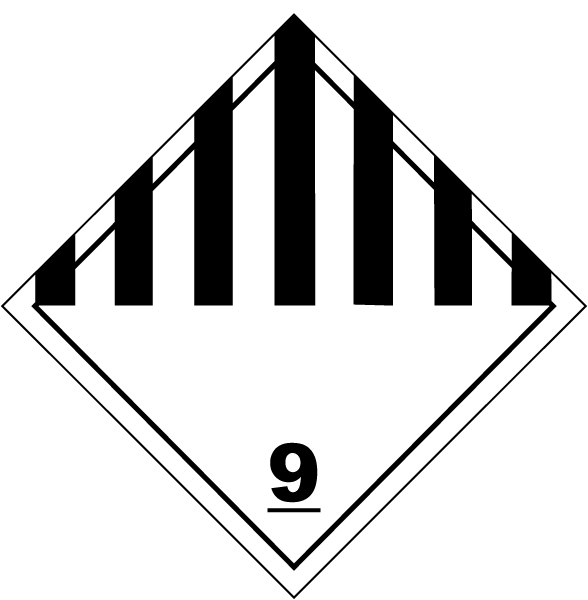 |
9 | Other Hazardous Materials | - | 8 gal | 66 lbs |
USF Chemical Transportation Compatibility Matrix
|
|
|
|
|
|
|
|
|
|
|||||||||||
|
2.1 |
OK | OK | OK | OK | NO | NO | OK | OK | OK | ASK | ||||||||||
|
2.2 |
OK | OK | OK | OK | OK | OK | OK | OK | OK | OK | ||||||||||
|
3 |
OK | OK | OK | OK | NO | NO | OK | OK | OK | ASK | ||||||||||
|
4.1 |
OK | OK | OK | OK | NO | NO | OK | OK | OK | ASK | ||||||||||
|
5.1 |
NO | OK | NO | NO | OK | OK | OK | OK | NO | ASK | ||||||||||
|
5.2 |
NO | OK | NO | NO | OK | OK | OK | OK | NO | ASK | ||||||||||
|
6.1 |
OK | OK | OK | OK | OK | OK | OK | OK | OK | ASK | ||||||||||
|
6.2 |
OK | OK | OK | OK | OK | OK | OK | OK | OK | ASK | ||||||||||
|
8 |
OK | OK | NO | NO | NO | NO | OK | OK | NO | ASK | ||||||||||
|
9 |
ASK | OK | ASK | ASK | ASK | ASK | ASK | ASK | ASK | OK |
|
Explosives Class 1 |
Spontaneously Combustible Class 4.2 |
Radioactive Class 7 |
Dangerous When Wet Class 4.3 |
On Campus transport is restricted. Contact the Environmental Health and Safety Office for more information. |
For Additional Information:
Table of Hazardous Materials and Special Provisions
